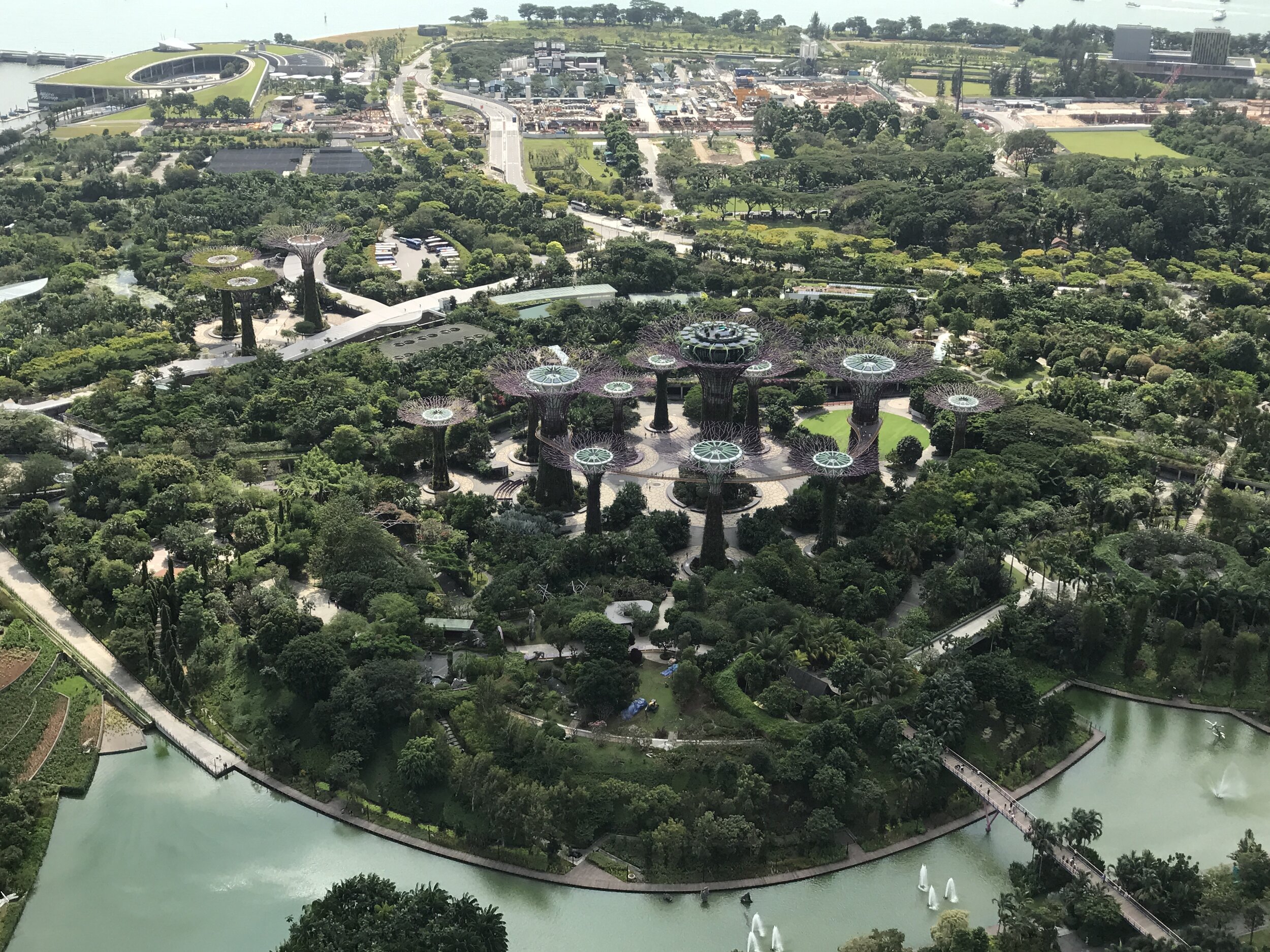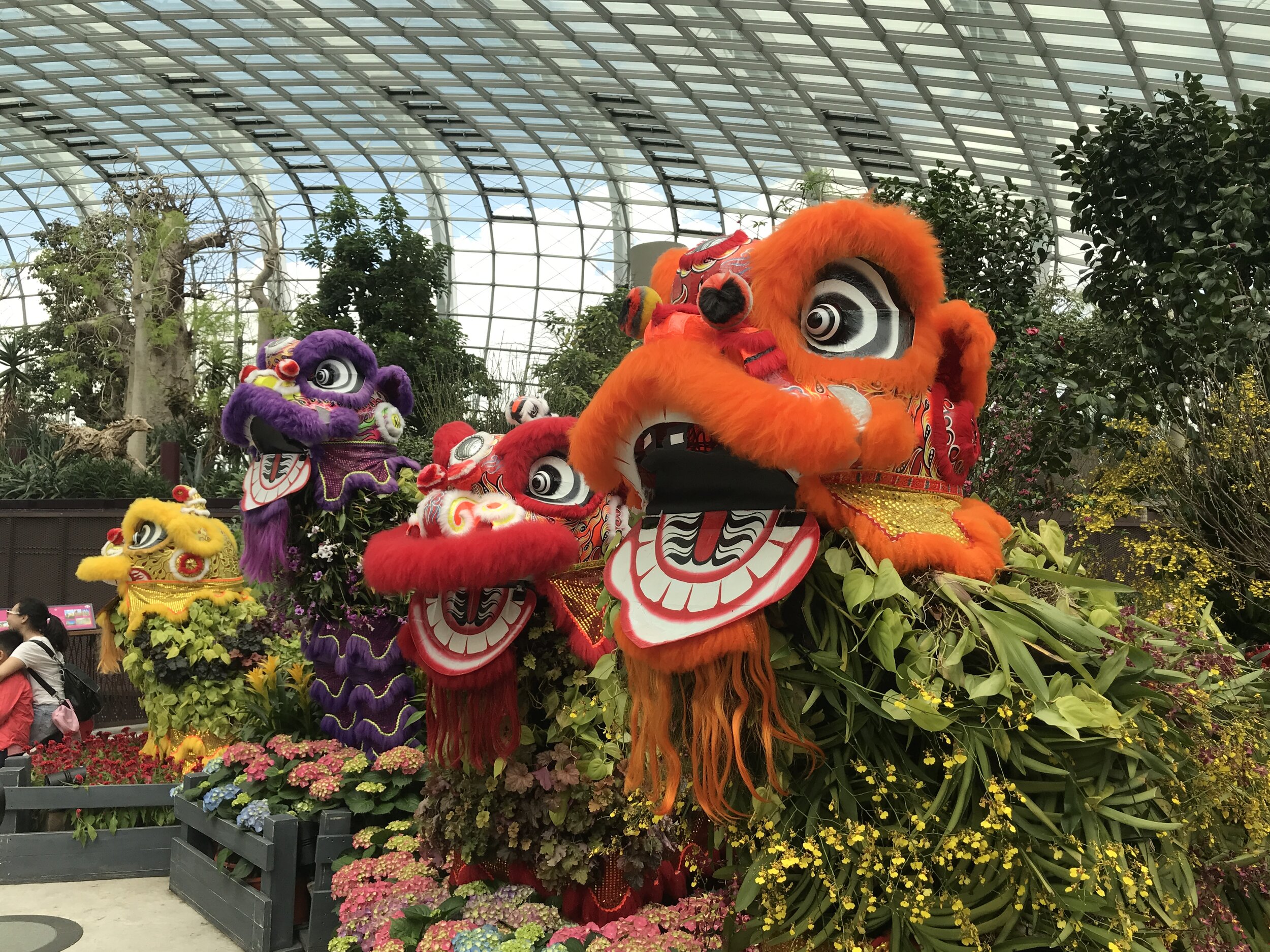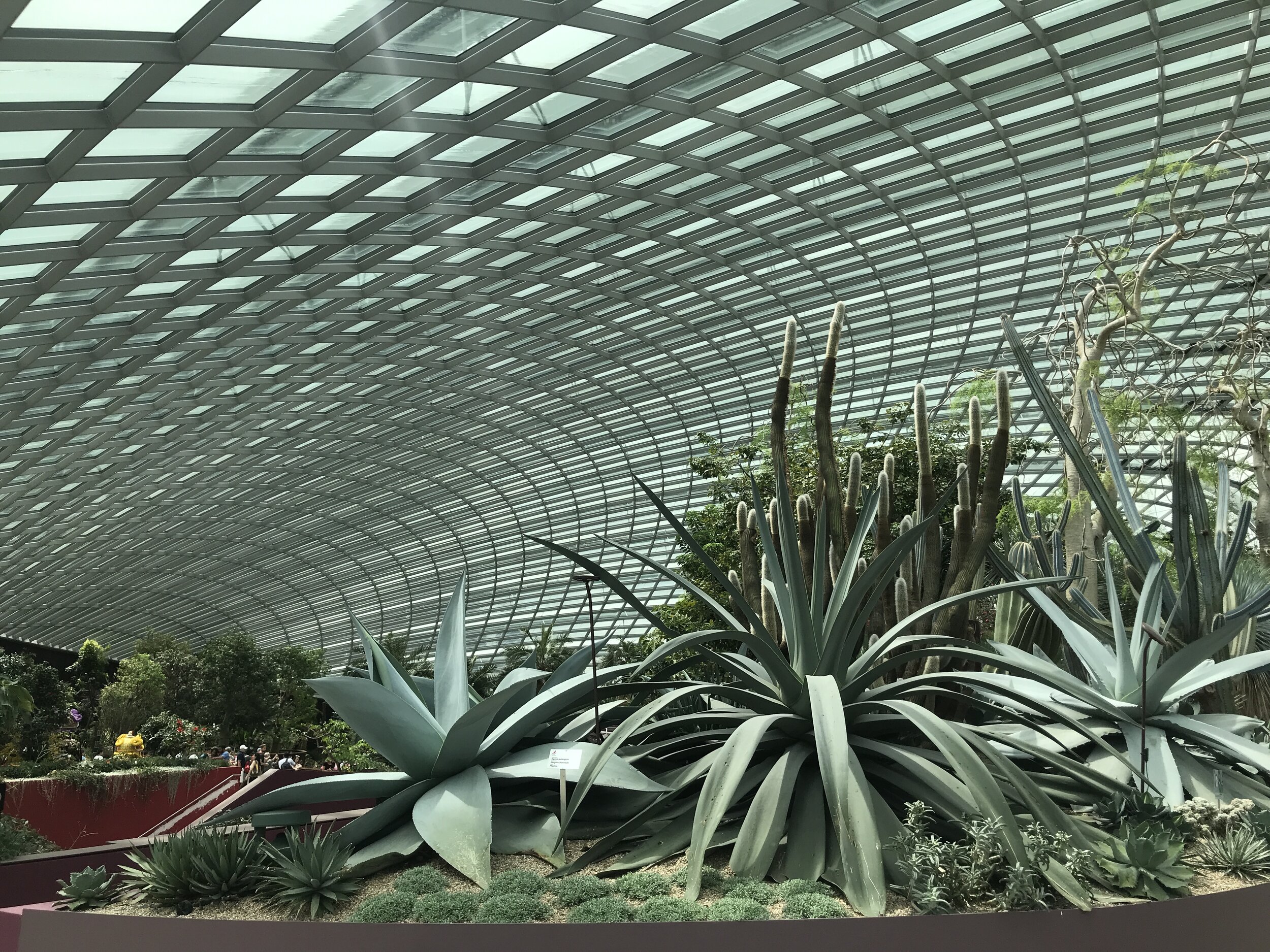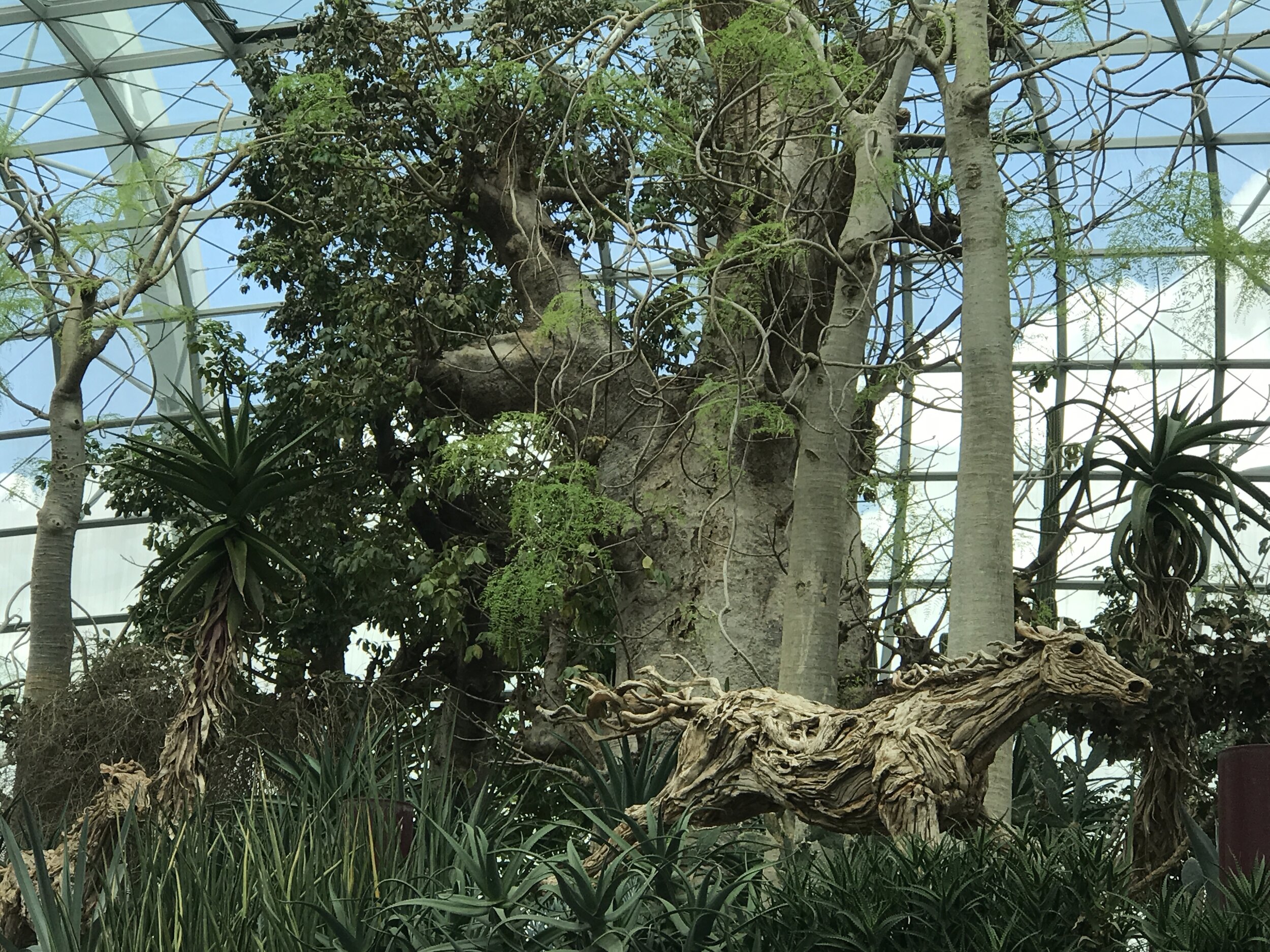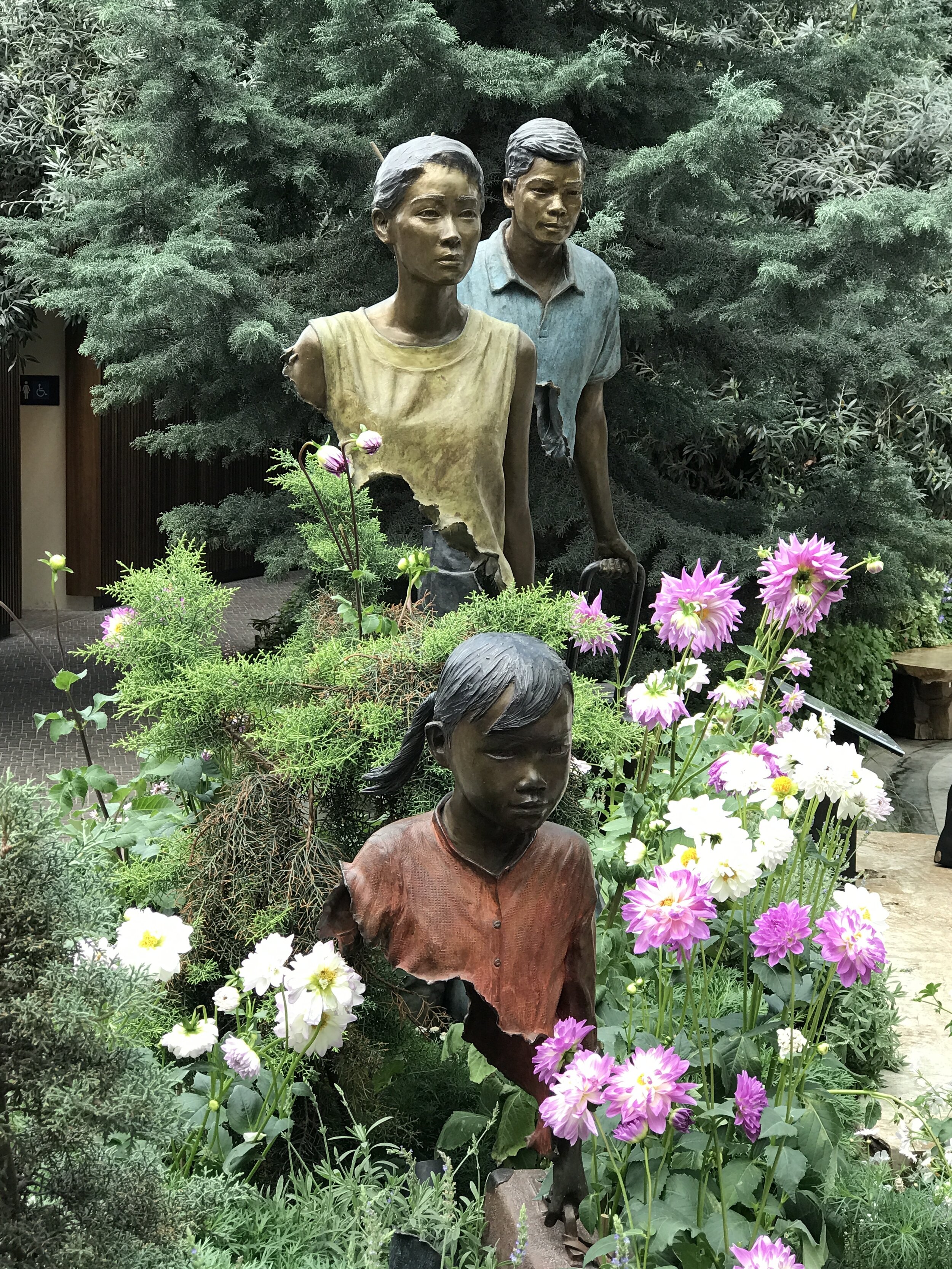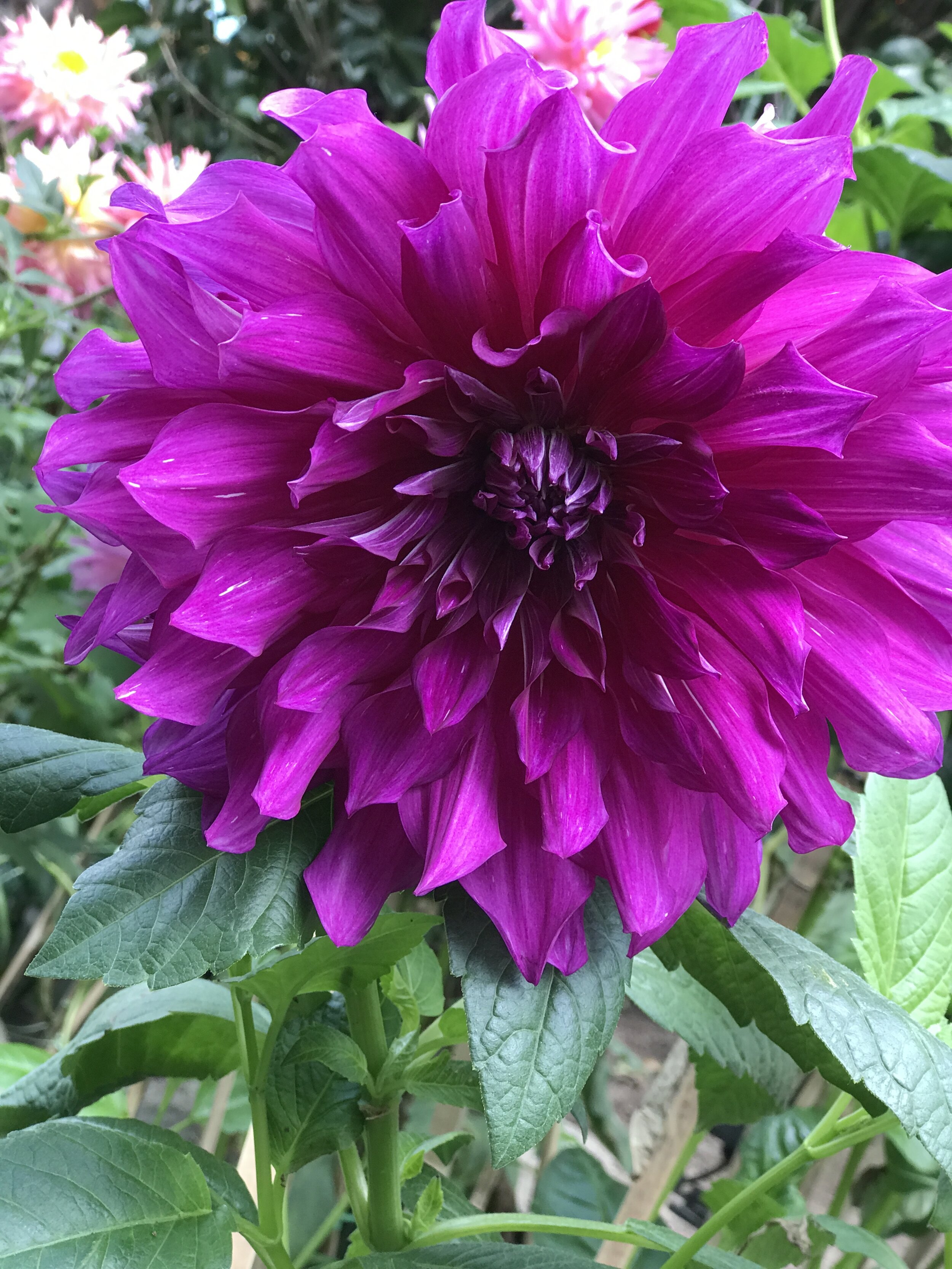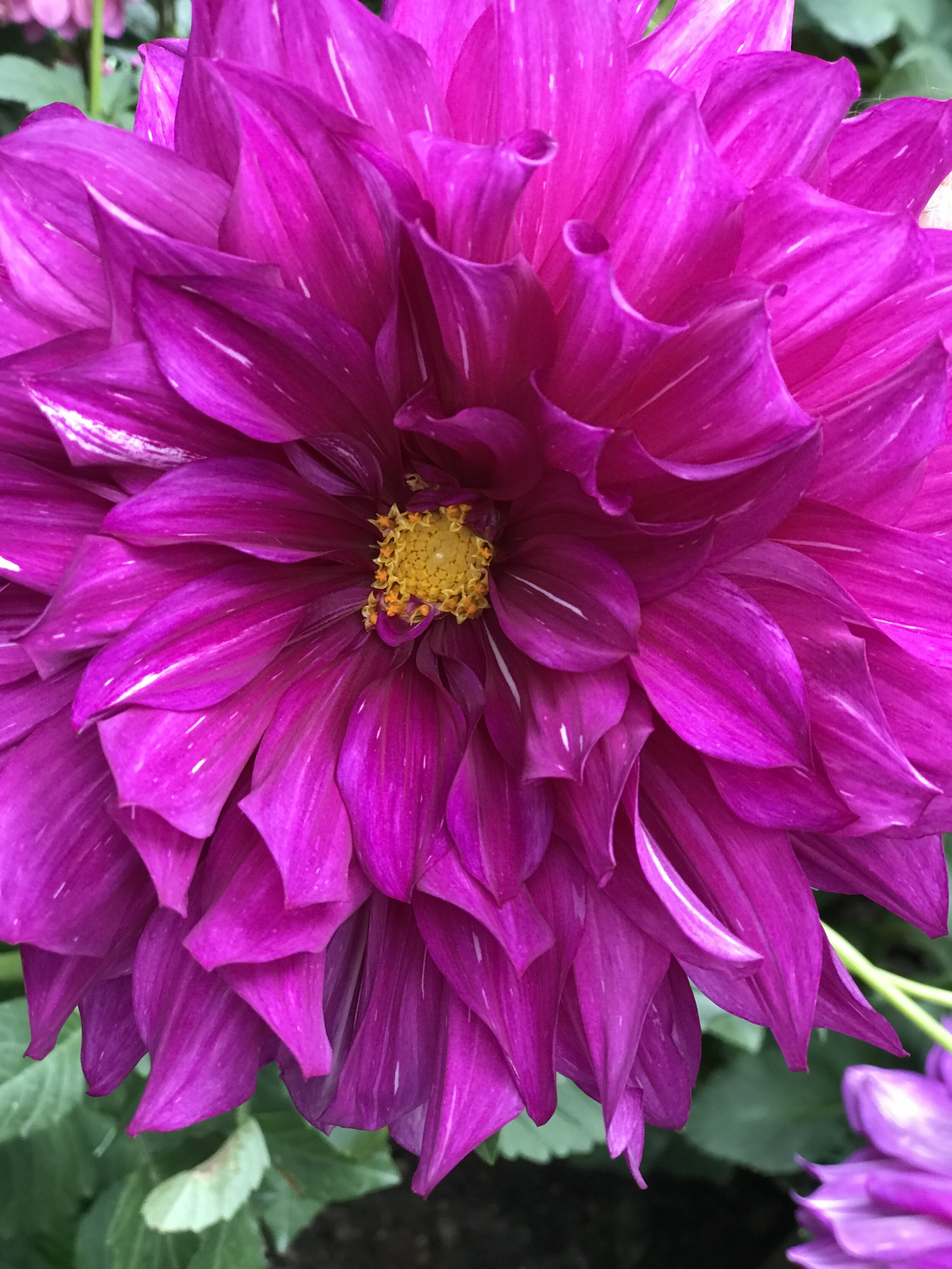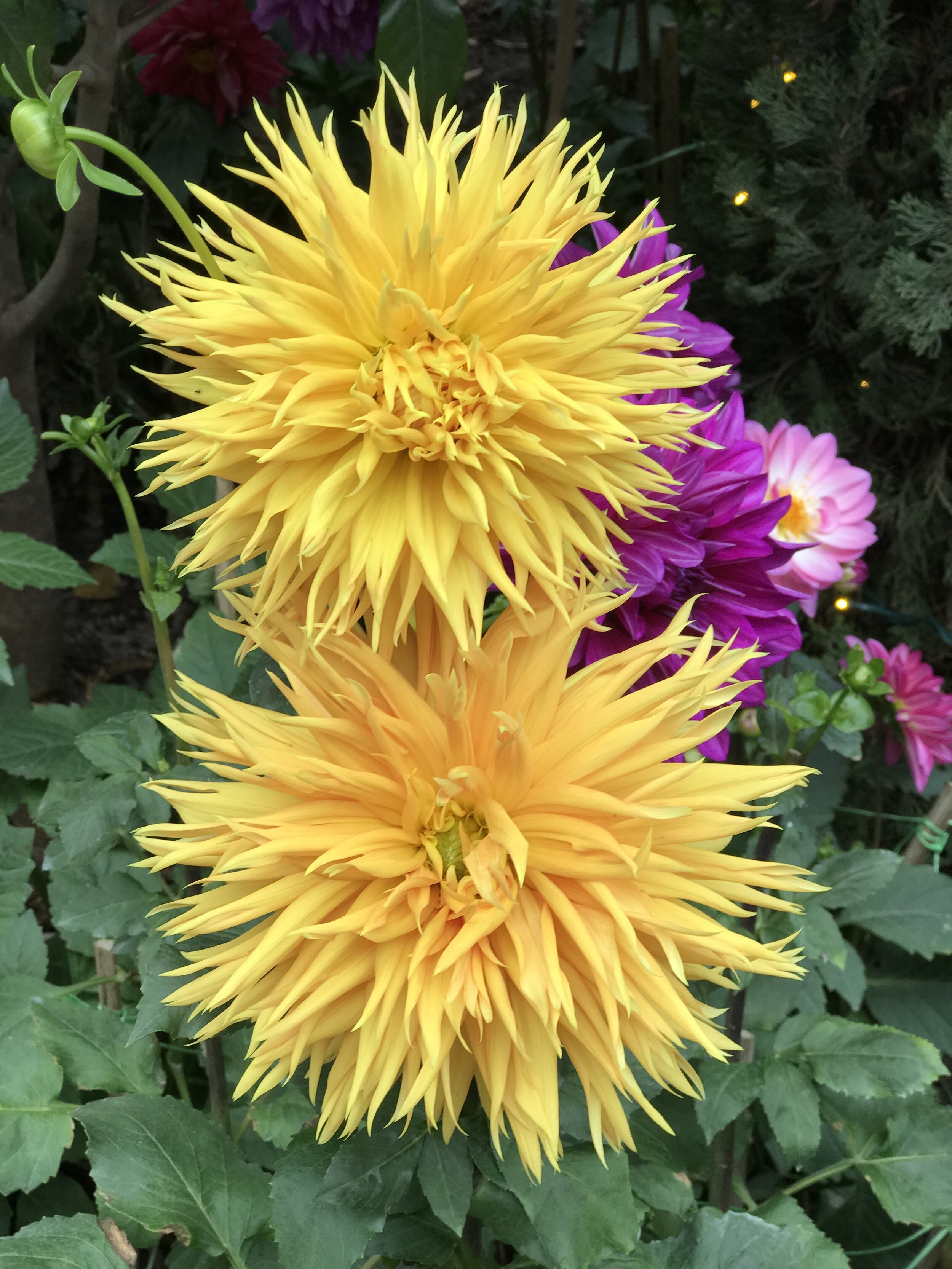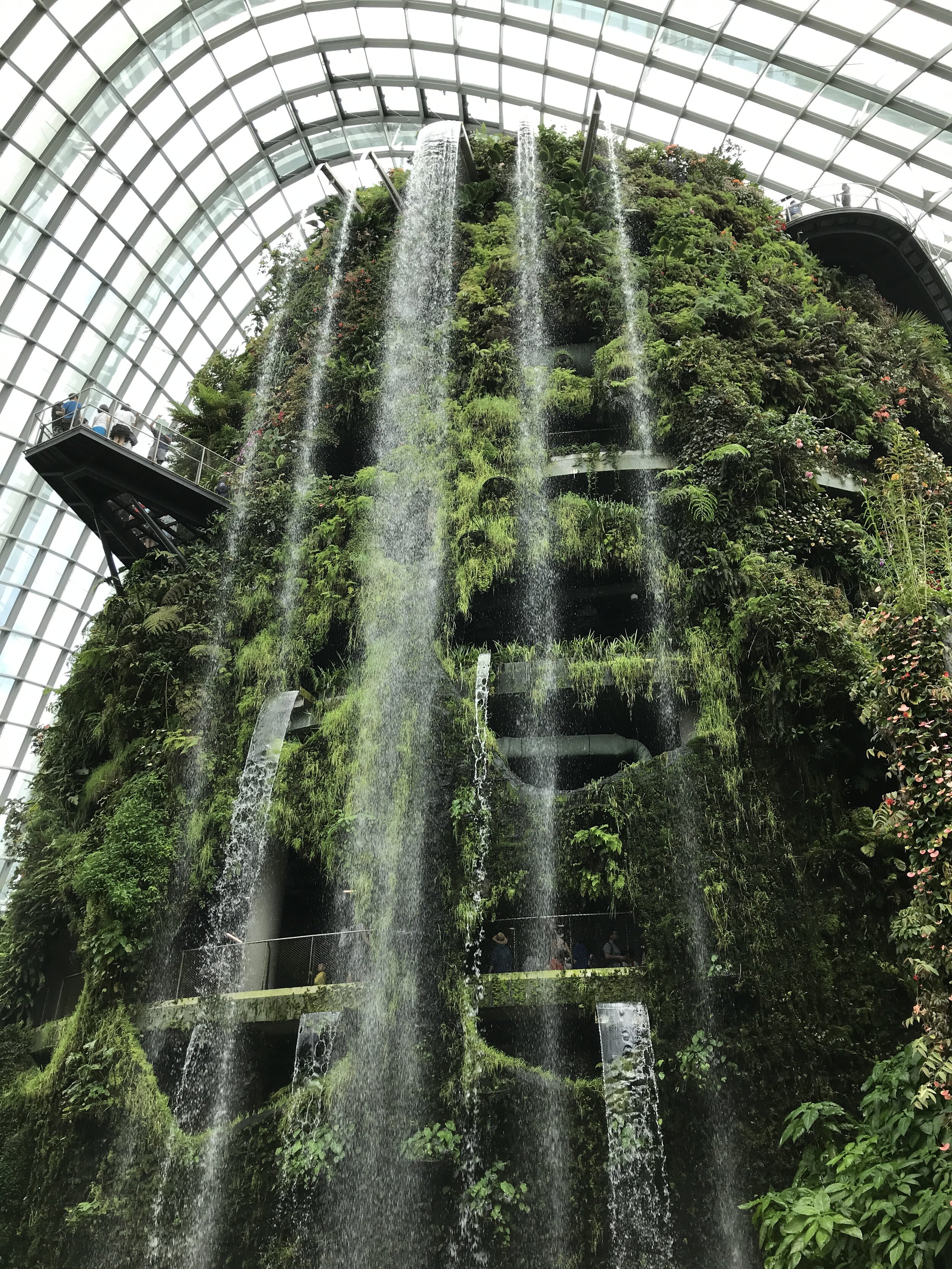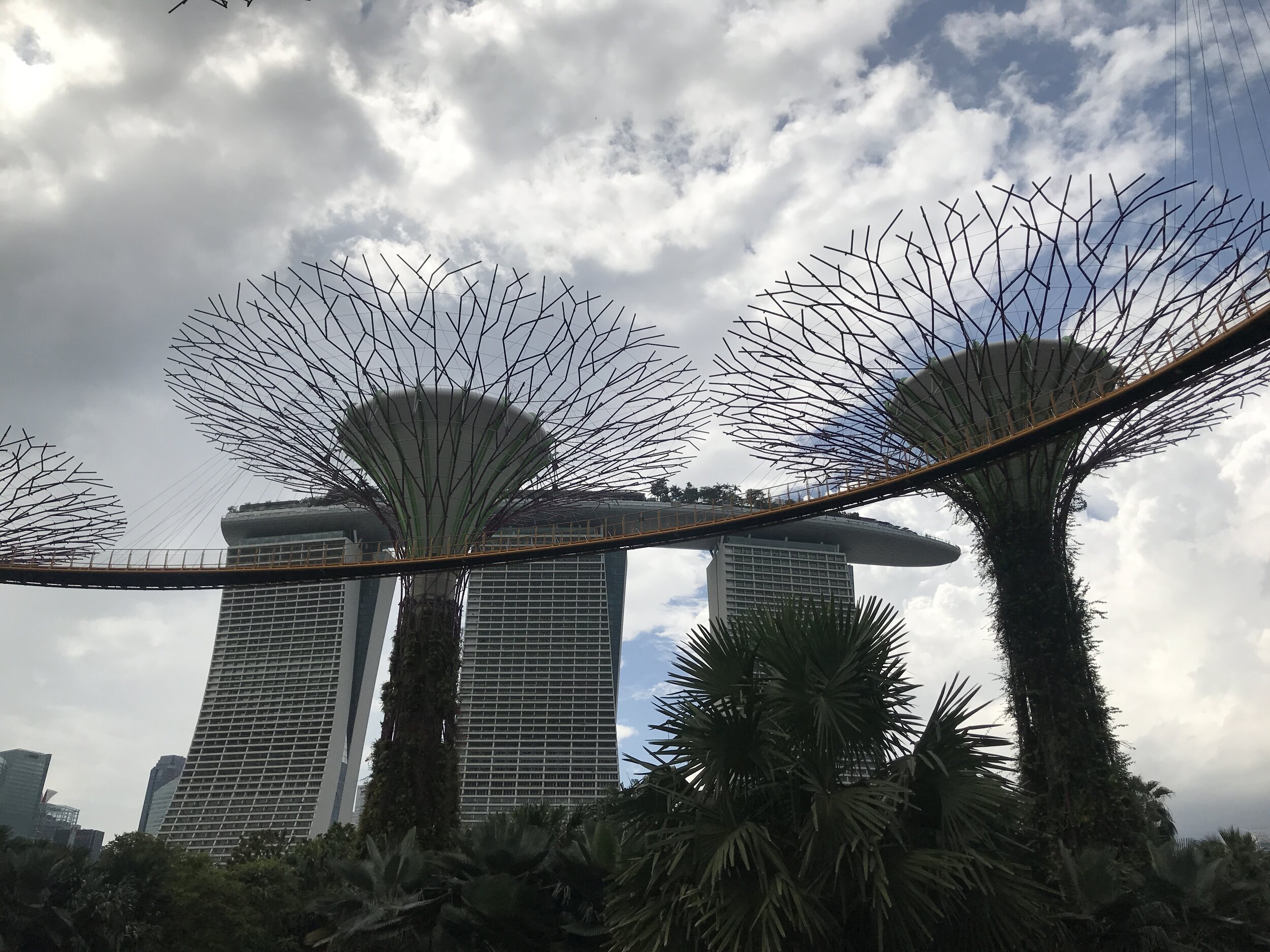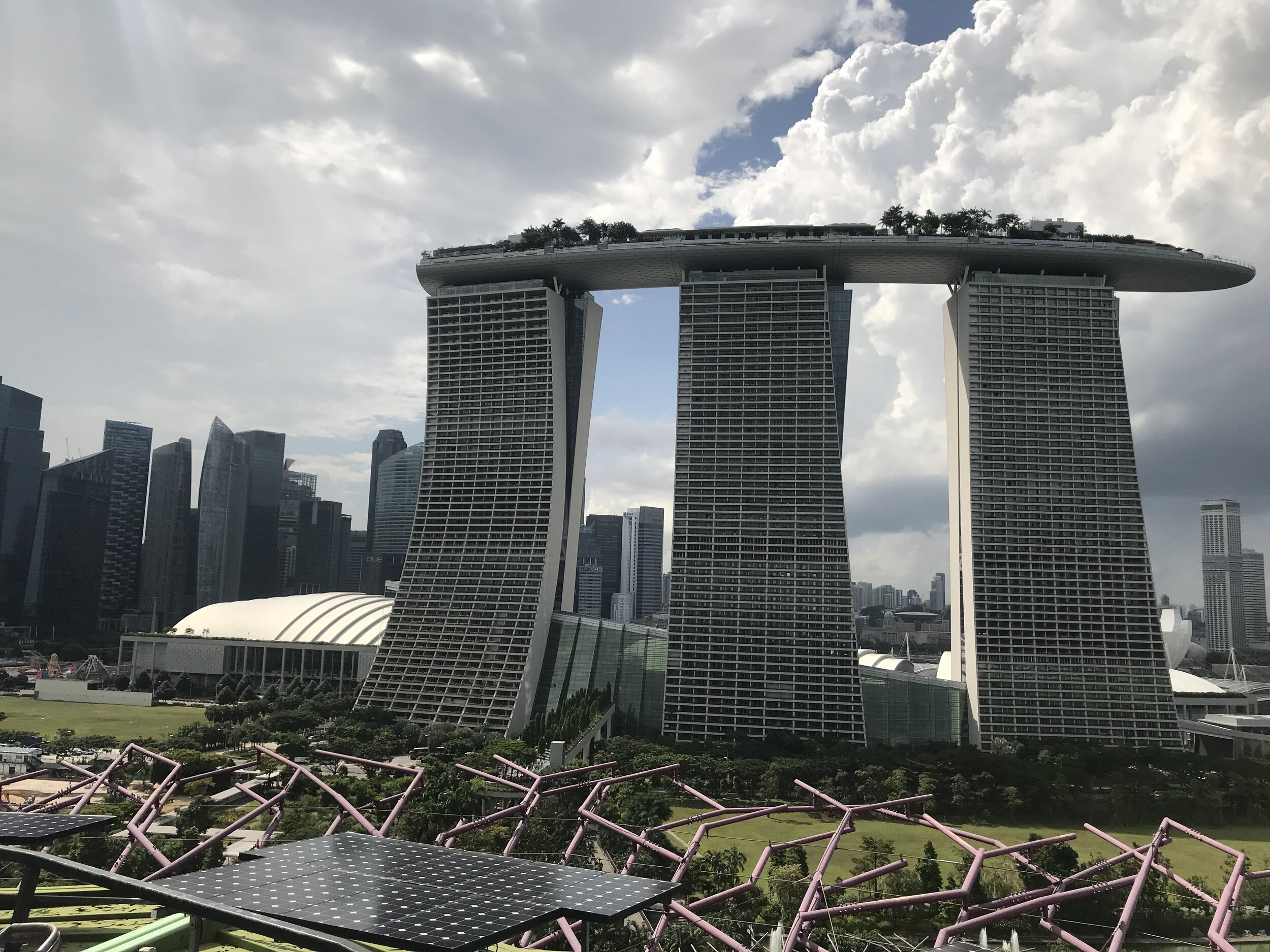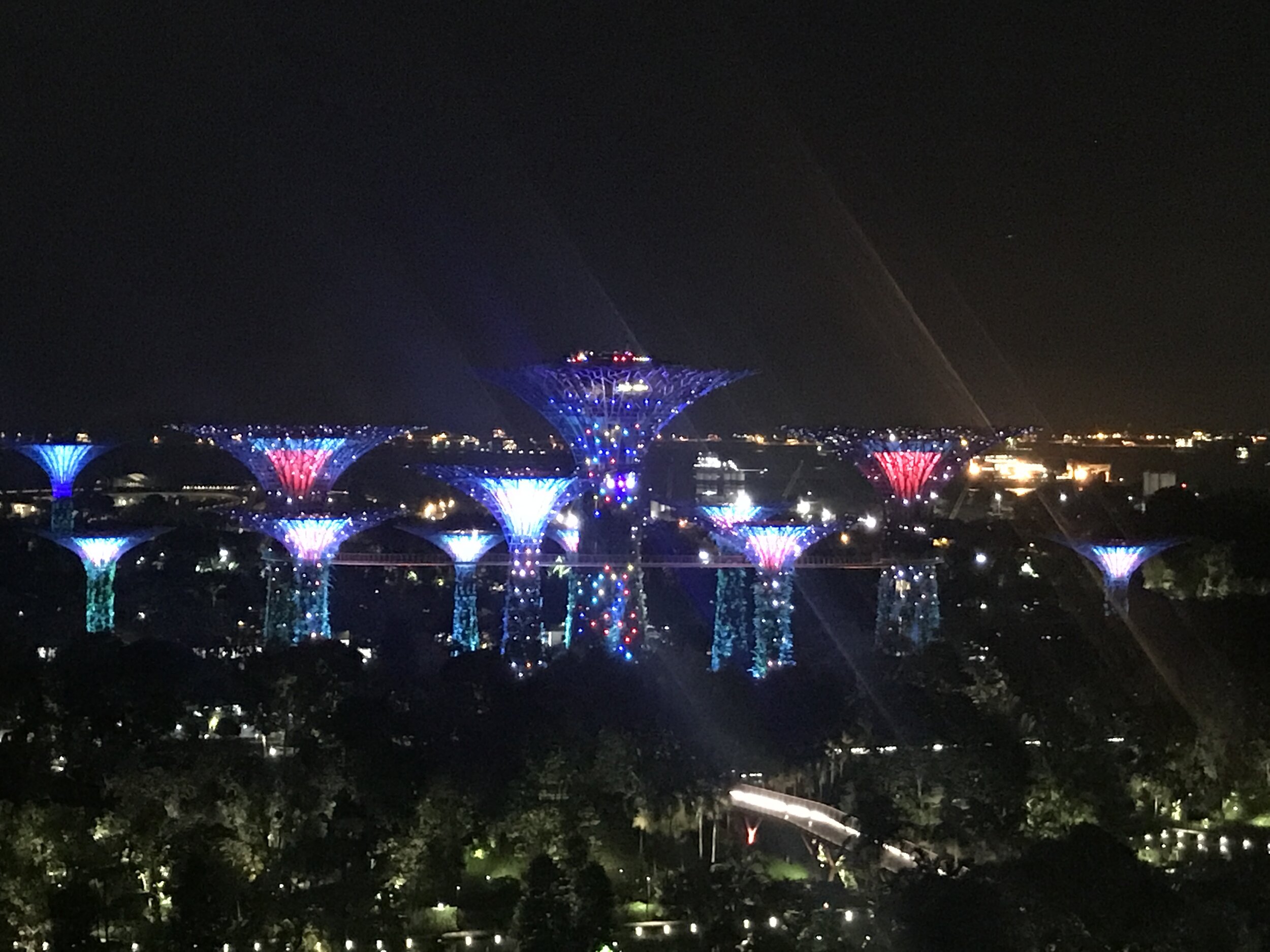Singapore Gardens by the Bay
Welcome to Avatar, or at least that is how it feels when you are walking around under the famous Supertree structures or on the impressive skywalk over the gardens. Everything in here is a feat of engineering & imagination. The Gardens by the Bay covers 250 acres of reclaimed land on the waterfront and has won many awards for its architecture and the environmentally sustainable design of its Conservatory buildings as well as for its famous “Avatar-ish Supertrees.” The Conservatory buildings are also known as the Flower Dome and the Cloud Forest, these are the 2 oversized seashell-shaped greenhouses that recreate chilly mountain climates and house hundreds of trees and plants to be discovered within.
The best spot to get an idea of the sheer size of the Gardens is from the top of Marina Bay Sands, directly opposite the park.
the Supertree Grove
The Supertree Grove is an “Avatar” forest made of 12 large metal trees in the central grove (and half a dozen others placed around the garden) that stand 25-50 m/82-164 ft high and they host over 160,000 soil-less plants to create very tall vertical gardens. They are designed to be carbon-positive, that is, they generate more oxygen than CO2 thanks to a clever water and cooling system. 11 of the Supertrees have photovoltaic cells that collect solar energy and some are connected to the Conservatories and used to cool the air.
For those who like a view, take the trip 25 m/82 ft. up to the remarkable walkway that connects 3 of the central trees together. The main tree in the center that stands 50 m/ 164 ft. offers 360-degree panoramas of the Gardens as well as Marina Bay.
The Greenhouses
The two conservatories at Gardens by the Bay are significant because they are designed to be as self-sufficient as possible while minimizing their environmental impact, as a result, they are carbon-positive. They collect rainwater for watering, they have an intelligent cooling system that reduces the need for air-conditioning and are connected to the Supertrees, another carbon-positive structure.
The longer of the two is the Flower Dome while the taller is the Cloud Forest. Together, they were awarded “building of the year” in 2012 by the World Architecture Festival.
The Flower Dome is the world’s largest glass greenhouse certified by the Guinness World Records. This dry (unlike the humid Cloud Forest) air-conditioned Mediterranean space contains plants, flowers and trees from all over the world and it is where you can learn about various ecosystems, from baobab trees to Mediterranean gardens in the nine themed areas. The Flower Dome regularly hosts temporary exhibitions like the Orchid extravaganza (which changes every year), and seasonal Tulip, Halloween and Christmas themed displays in the center of the dome which are reserved for those events.
The Cloud Forest is a tall structure simulating a mountain with a waterfall that you can walk up to via internal ramps that cross several educational rooms such as the Crystal Room where you can see real stalactites and stalagmites of many shapes and forms. At the top, there is a Lost World platform with flower and plant displays. Once you are done seeing it all, start your descent via the exterior metal ramp, the Cloud Walk, from where you have a great view of the ground floor, continue with the Forest Walk and then enter a Secret Garden that is full of plants which thrive in caves and limestone environments. There are also tiny orchids you can only see through a magnifying glass and which are pretty cute. Then carry on to the Orchid display and end in the Cloud Theatre where a video talking about climate change and what will happen to the Earth if the temperature sores just 5 degrees is projected continuously. :-(
Walking over from the Marina Bay Sands Hotel you will first have to walk past the Dragonfly and Kingfisher lakes. If you have enough time, walk along the boardwalk to discover the many birds and insects that have made this area their home. In a nod to the different nationalities that have settled in Singapore over the years, there is a series of four interconnecting gardens with plants and trees from India, China, Malaysia and the Colonial garden.


